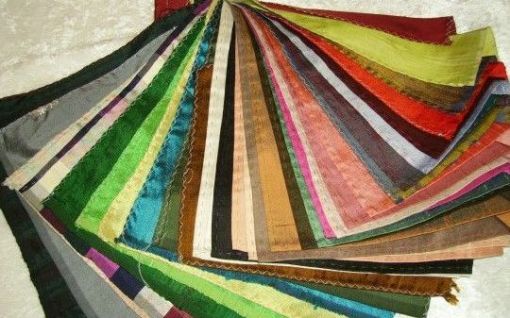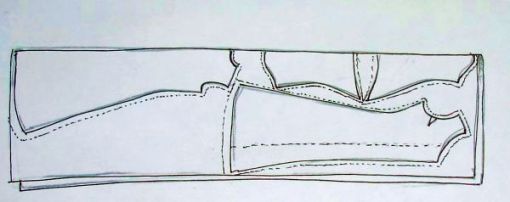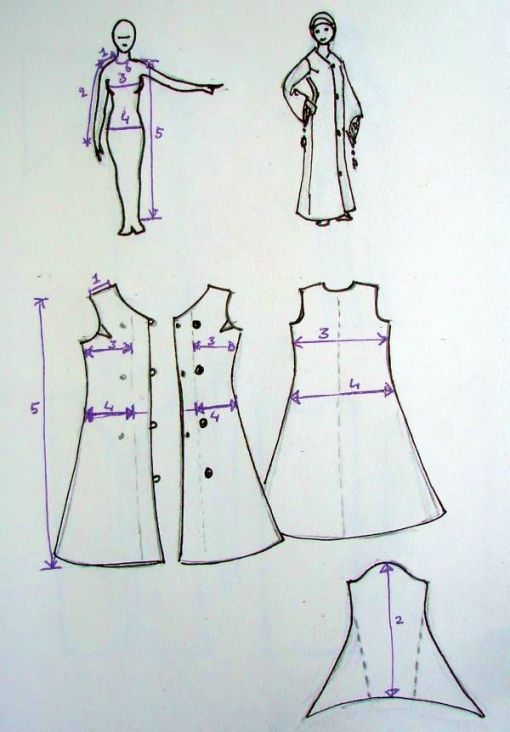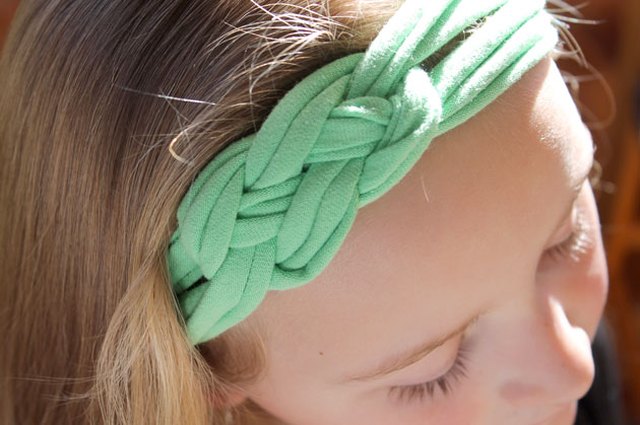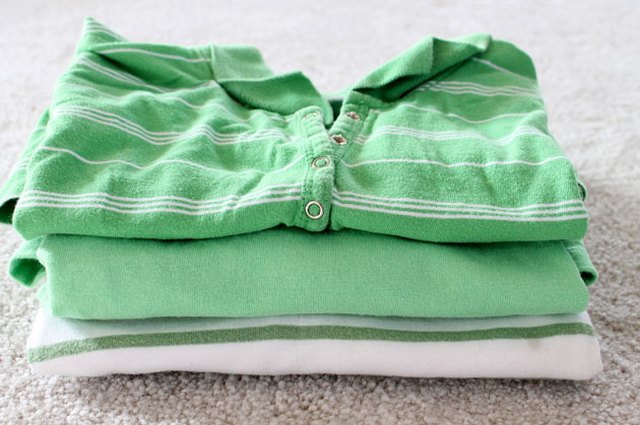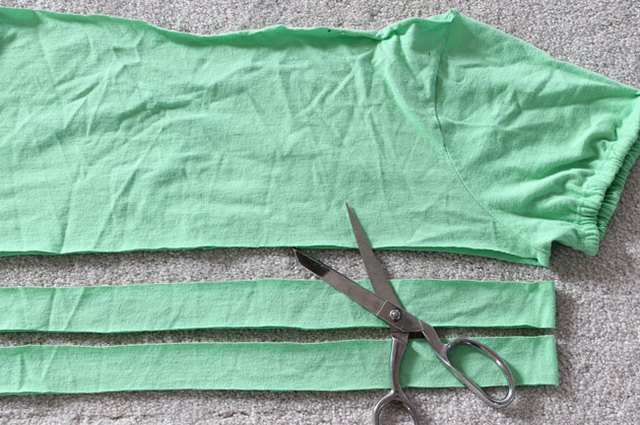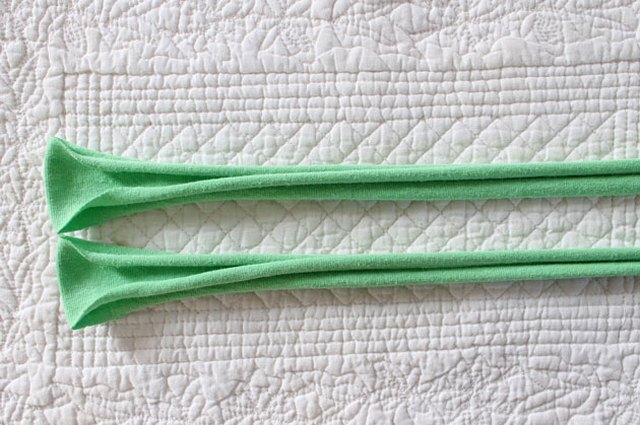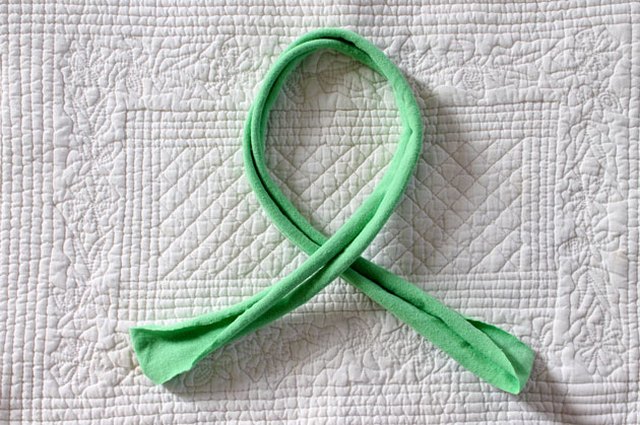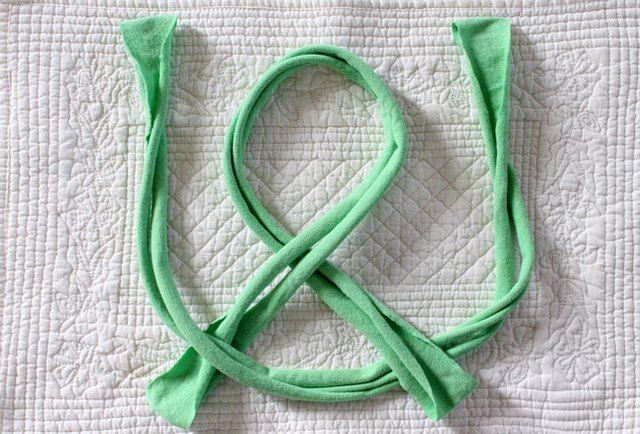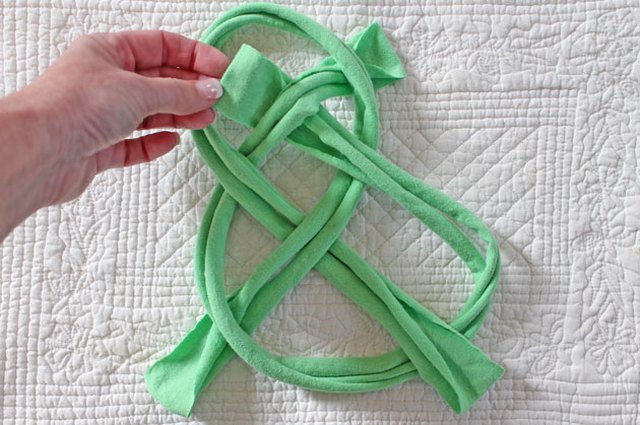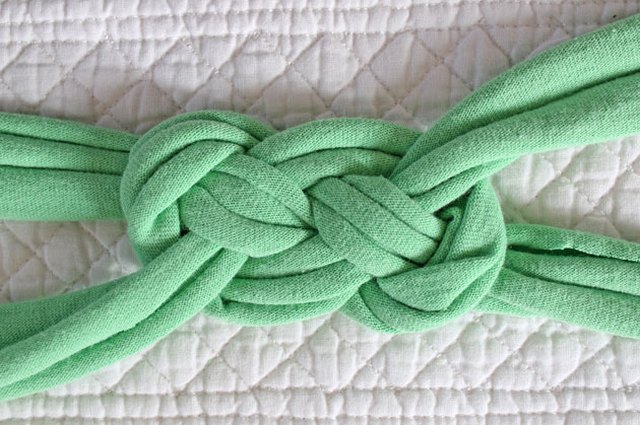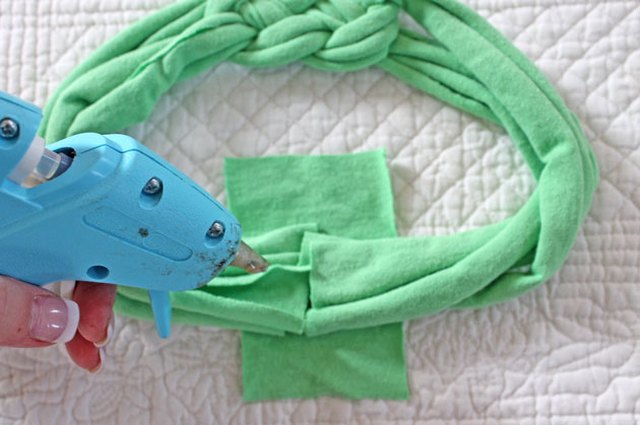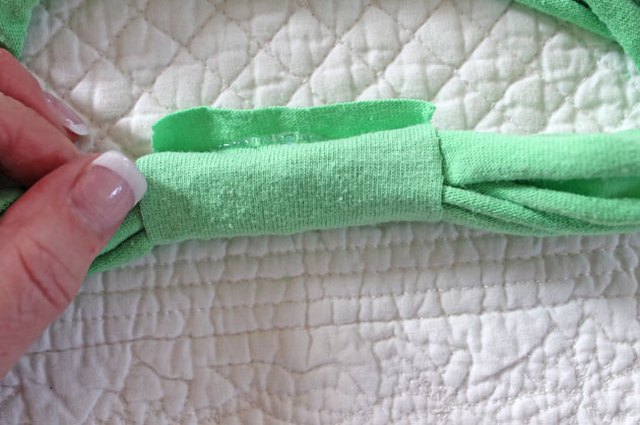Juki Corporation is one of the leading industrial machine manufacturers and ranks as the no.1 in sewing machine manufacturer in the world. Headquartered in Japan, the company currently has manufacturing facilities in Japan, China, Vietnam and markets its products in more than 150 countries across continents.
Now a day’s industry are facing a few problem like:-
Direct-drive, High-speed, 1-needle, Lockstitch Machine with Automatic Thread Trimmer (“DRY” Oil Pan System)
DDL - 900B Series



The sewing machine which integrates the direct-drive motor, control box and control panel into a monolithic body is now provided with a new oil shielding mechanism. It not only eliminates oil stains on sewing products, but also further enhances workability and maintainability.
Now a day’s industry are facing a few problem like:-
- Skilled operator
- Employment
- Labour cost & Operation Cost
- Quality
- Productivity
Direct-drive, High-speed, 1-needle, Lockstitch Machine with Automatic Thread Trimmer (“DRY” Oil Pan System)
DDL - 900B Series



The sewing machine which integrates the direct-drive motor, control box and control panel into a monolithic body is now provided with a new oil shielding mechanism. It not only eliminates oil stains on sewing products, but also further enhances workability and maintainability.
A. Elimination of oil stains on sewing products
In order to prevent oil stains on sewing products, the sewing machine has adopted the “Oil Shielding System” which is integrated into the sewing machine bed. The needle bar is lubricated with a smaller quantity of oil as compared with the conventional model. In addition, oil which externally splashes is shielded by the newly-developed frame oil recovery mechanism and automatic oil circulation mechanism. The new structure contributes to the achievement of the maximum sewing speed of 5,000 sti/min and also to increased productivity.
B. Oiling and oil-quantity checking can be done with ease The oil hole is located on the top of the machine arm. The oil quantity can be easily checked with the oil gauge mounted on the top of the bed without tilting the machine head.
C. Broadened range of adjustment of the hook oil quantity The adjustable range of the oil quantity in the hook has been broadened to enable fine adjustment. In addition, the bottom of the underside cover contains an oil-quantity adjustment marking which helps prevent oiling errors. As a result, main trainability is improved.
In order to prevent oil stains on sewing products, the sewing machine has adopted the “Oil Shielding System” which is integrated into the sewing machine bed. The needle bar is lubricated with a smaller quantity of oil as compared with the conventional model. In addition, oil which externally splashes is shielded by the newly-developed frame oil recovery mechanism and automatic oil circulation mechanism. The new structure contributes to the achievement of the maximum sewing speed of 5,000 sti/min and also to increased productivity.
B. Oiling and oil-quantity checking can be done with ease The oil hole is located on the top of the machine arm. The oil quantity can be easily checked with the oil gauge mounted on the top of the bed without tilting the machine head.
C. Broadened range of adjustment of the hook oil quantity The adjustable range of the oil quantity in the hook has been broadened to enable fine adjustment. In addition, the bottom of the underside cover contains an oil-quantity adjustment marking which helps prevent oiling errors. As a result, main trainability is improved.
D. Highly-functional control panel The control panel which belongs equivalently to the highly-functional CP-180 family is built into the control box. With this panel, various sewing data ranging from the sewing speed to the production support functions can be adjusted. In addition, the control panel has been newly provided with a password lock function to restrict panel operation. The machine may be used simply by entering any given pass code number
E. Compact and small energy-saving direct-drive motor In comparison with the conventional V-belt driven sewing machine, the sewing machine driven by the direct-drive motor saves power consumption by 25%. Furthermore, the new retry control helps increase the material penetrating power of the needle by approximately 10%.
E. Compact and small energy-saving direct-drive motor In comparison with the conventional V-belt driven sewing machine, the sewing machine driven by the direct-drive motor saves power consumption by 25%. Furthermore, the new retry control helps increase the material penetrating power of the needle by approximately 10%.
F. Provided as standard with LED lighting which illuminates the needle entry area Since the LED lights cast their light exactly downward to illuminate the needle entry area from the right and left sides of the needle bar, sewing work can be carried out more easily as compared with the use of light from one direction. In addition, the luminance of the LED lights can be adjusted in five steps and can be used as an auxiliary light for work
G. Highly-functional touch-back switch JUKI's sewing machine which is provided with a thread trimmer is also provided as standard with the renowned needle breakage preventing function. The main shaft angle control works to prevent needle breakage even when the touch-back switch is used to perform reverse feed stitching. The height of the touch-back switch is adjustable according to the items to be sewn
G. Highly-functional touch-back switch JUKI's sewing machine which is provided with a thread trimmer is also provided as standard with the renowned needle breakage preventing function. The main shaft angle control works to prevent needle breakage even when the touch-back switch is used to perform reverse feed stitching. The height of the touch-back switch is adjustable according to the items to be sewn
credit: juki corporation






























